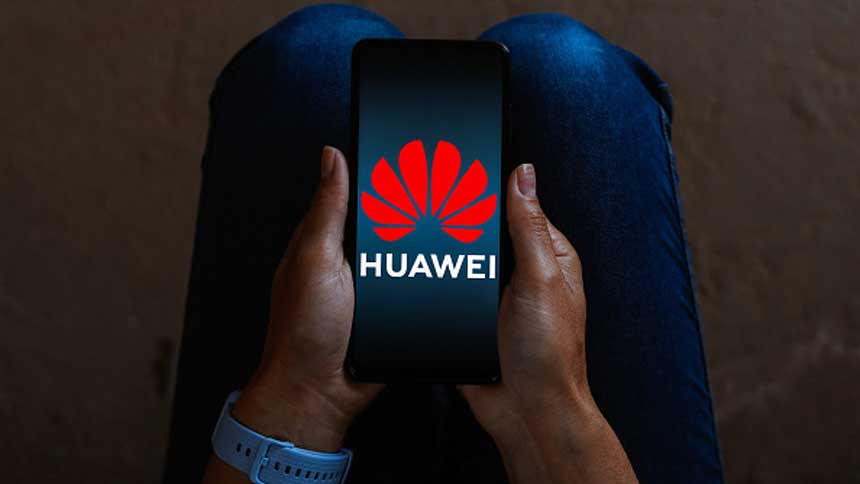Title: Huawei’s Troubled Release of Mate 60 Pro Smartphone Raises Questions
Subtitle: Omission of App and 5G Specifications Raises Doubts About Huawei’s Manufacturing Capabilities
[Voice of Hope August 31, 2023](Comprehensive report by our reporter Xie Bohu)
After facing repeated sanctions by the United States, Chinese technology giant Huawei surprised the market with the sudden release of its latest smartphone, the “Mate 60 Pro,” on the 29th. However, Huawei’s public specification sheet raised eyebrows as it conspicuously omitted any mention of the device’s App and 5G capabilities.
In an article published on the 30th, “Radio Free Mobile” speculated that the omission of important details about the components used in the Mate 60 Pro indicated that Huawei is currently unable to manufacture 5G mobile phones. Moreover, the article highlighted that the performance and battery life of the device remained a mystery.
Richard Windsor, the author of the article, revealed that Huawei declined to comment on whether the Mate 60 Pro supports 5G or provide information about radio band support. The lack of transparency led Windsor to conclude that the smartphone does not have 5G capabilities.
Further casting doubt on Huawei’s claims, the Mate 60 Pro is equipped with the Huawei Kirin 9000S processor, which has been dubbed as “reaching 5G speed with 4G technology.” The media speculates that even if the chipset uses a 5-nanometer process, it is unlikely to be a true 5G chip. Huawei’s inability to procure 5G chips from suppliers like TSMC due to regulatory restrictions adds weight to this skepticism.
Renowned technology analyst Richard Windsor stated, “No consumer in their right mind would buy a Huawei phone because Oppo, Vivo, Honor, etc., have state-of-the-art chips.”
Supporting this viewpoint are the Geekbench scores of the Mate 60 Pro, which fall significantly lower than its competitors. With a single-core/multi-core score of 914/2896, the Mate 60 Pro lags behind devices such as the Mate P50 Pro, which utilizes the Qualcomm Snapdragon 8 Gen 1 (scoring 1266/3938), and Samsung’s current flagship S23 Ultra, with an impressive score of 1530/4916.
These findings suggest that Huawei’s new smartphone is technologically inferior. Competitors, benefiting from cutting-edge chips from Qualcomm and MediaTek, make it difficult for Huawei to launch competitive products and regain market share with the Mate 60 Pro.
Commenting on the energy consumption and performance concerns, netizens have expressed doubts about the Mate 60 Pro. Some suggest that the device could face issues similar to Samsung’s past experience with the first-generation “warm baby” and the second-generation “fire dragon,” where benchmark scores were decent, but the actual user experience was disappointing.
As questions about Huawei’s Kirin 9000S mobile processor surfaced, netizens shared their insights on the matter. Addressing concerns related to production and technology, it was clarified that the chip’s manufacturing process is not handled domestically, but rather through cooperation with SMIC, a domestic chip manufacturer.
The article also sheds light on the political factors affecting Huawei’s smartphone releases. It reveals that the Biden administration’s decision to grant SMIC a license to manufacture 5nm chips for Huawei played a role in the availability of production capacity. However, low yield rates and limited output led Huawei to release the Mate 60 Pro offline, causing a stir in the market.
It is crucial to note that the developments surrounding Huawei’s manufacturing capabilities and access to cutting-edge technology remain ongoing. However, the current evidence points toward a challenging road ahead for the troubled Chinese tech giant.
Disclaimer: This article or program has been edited and produced by Voice of Hope. When reproducing, please credit Voice of Hope and include the original title and the provided link.
Editor in charge: Tang Jie.
